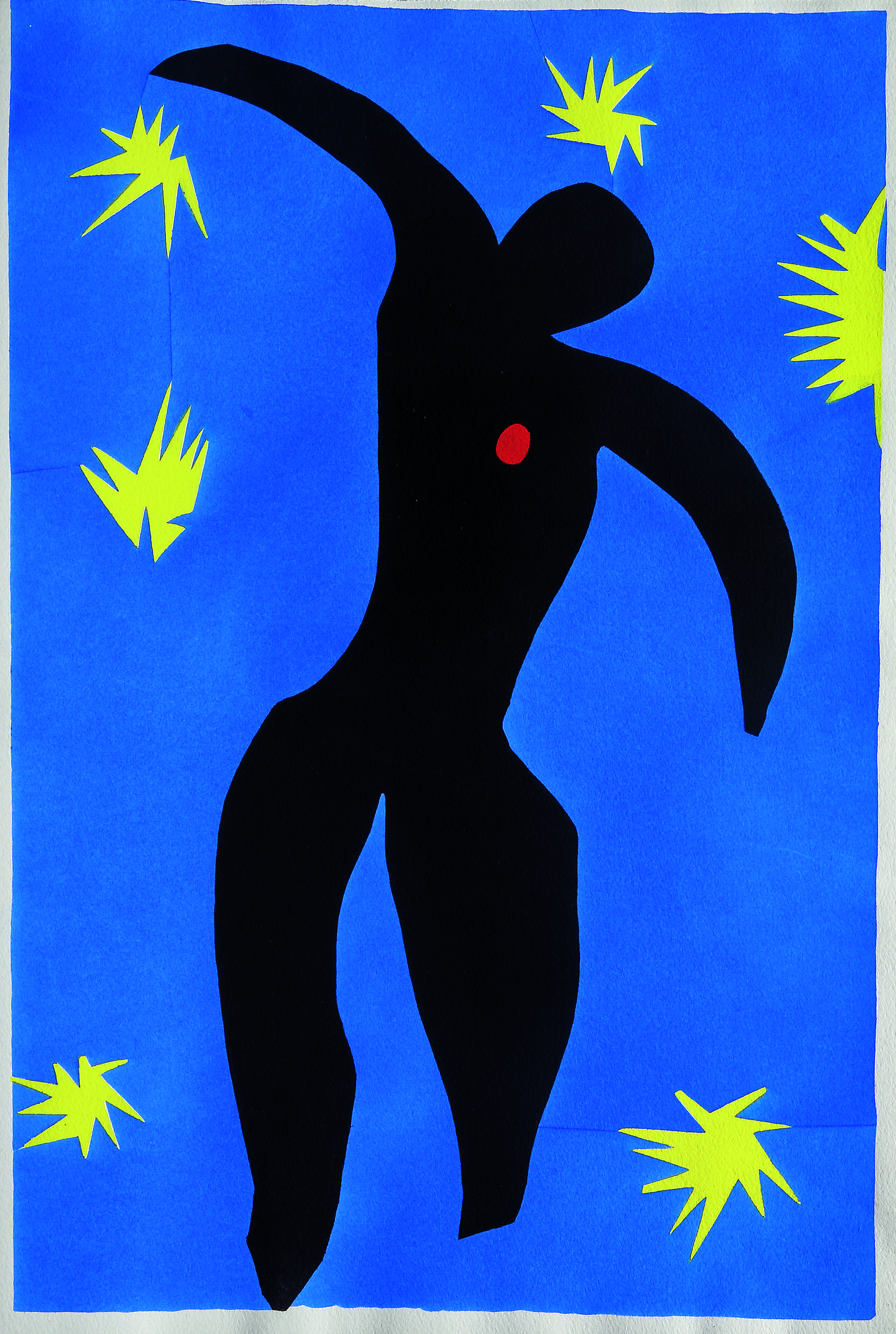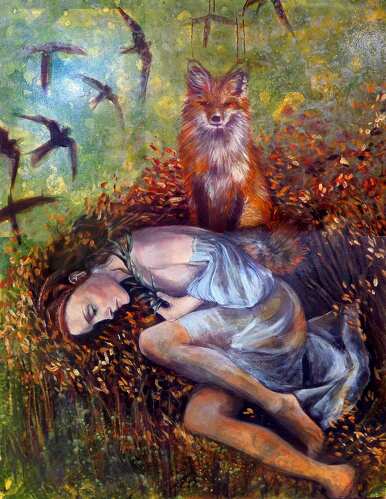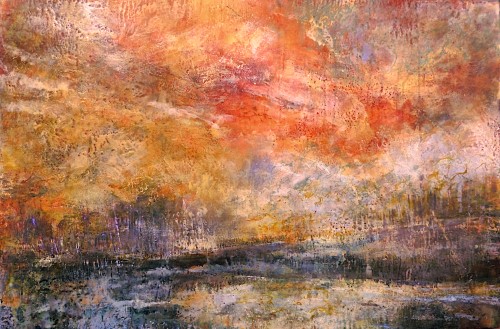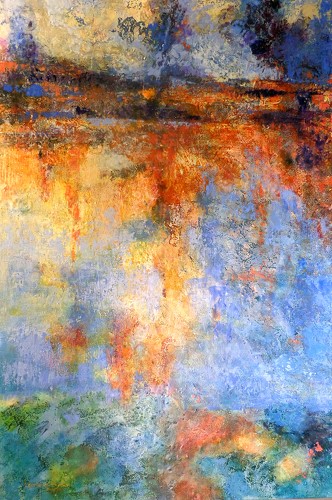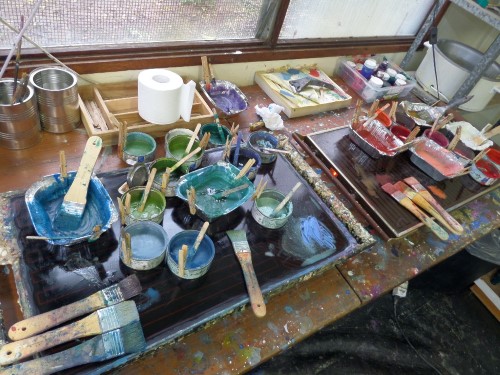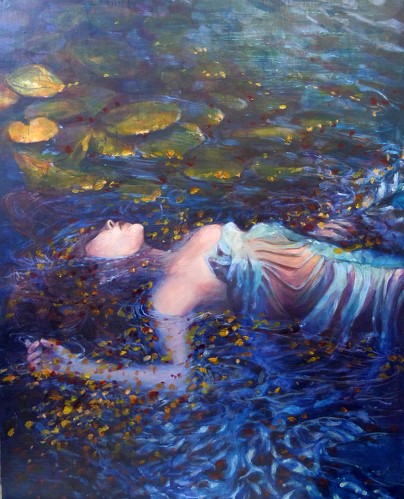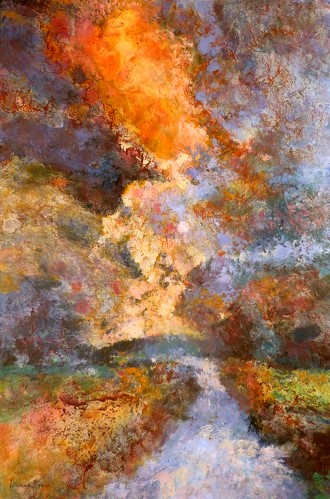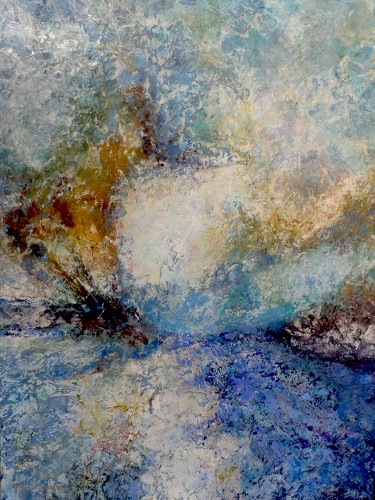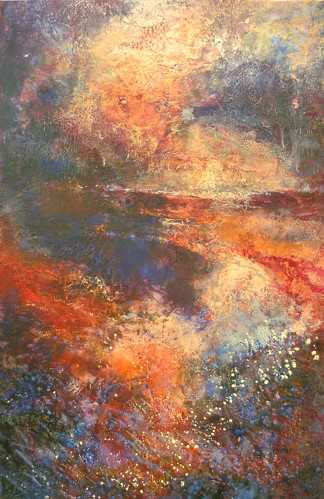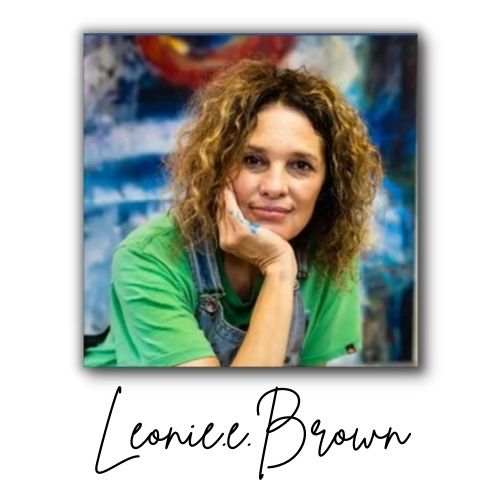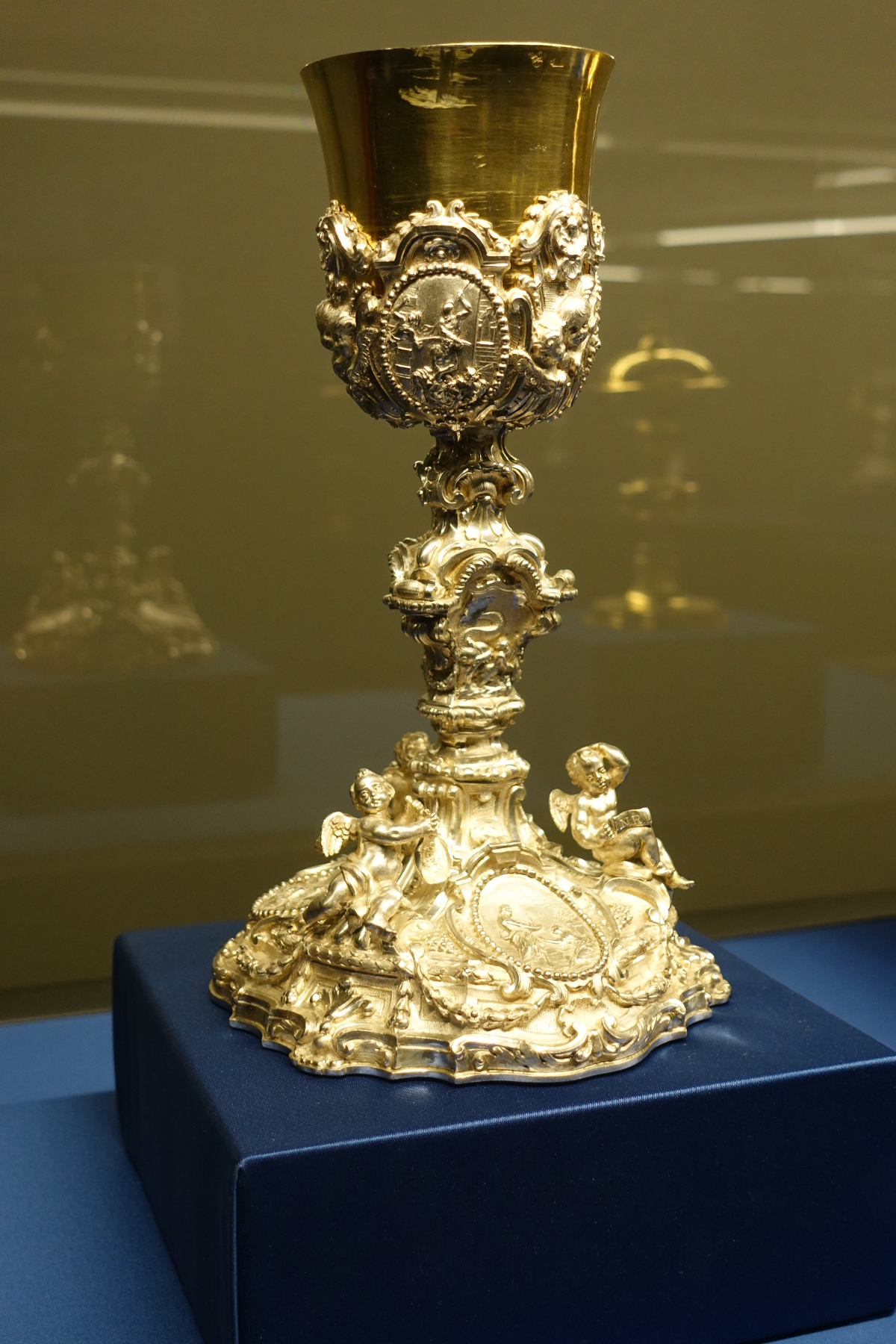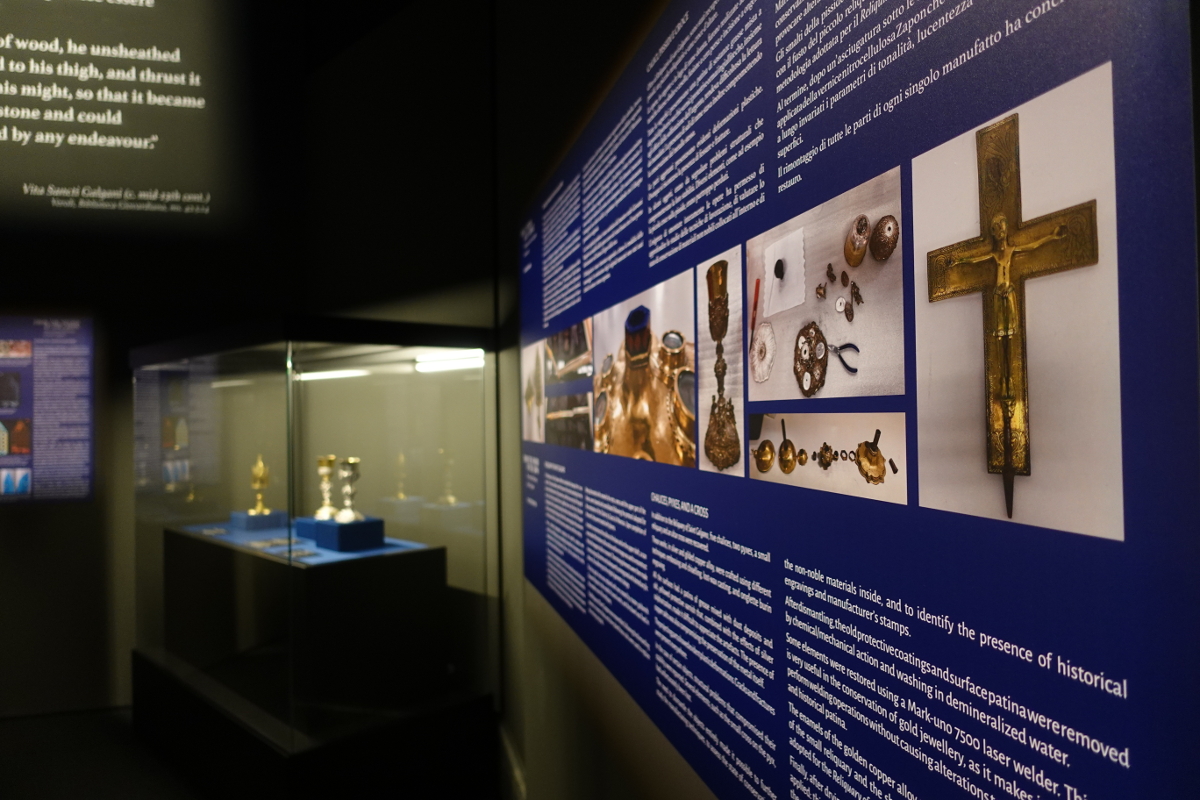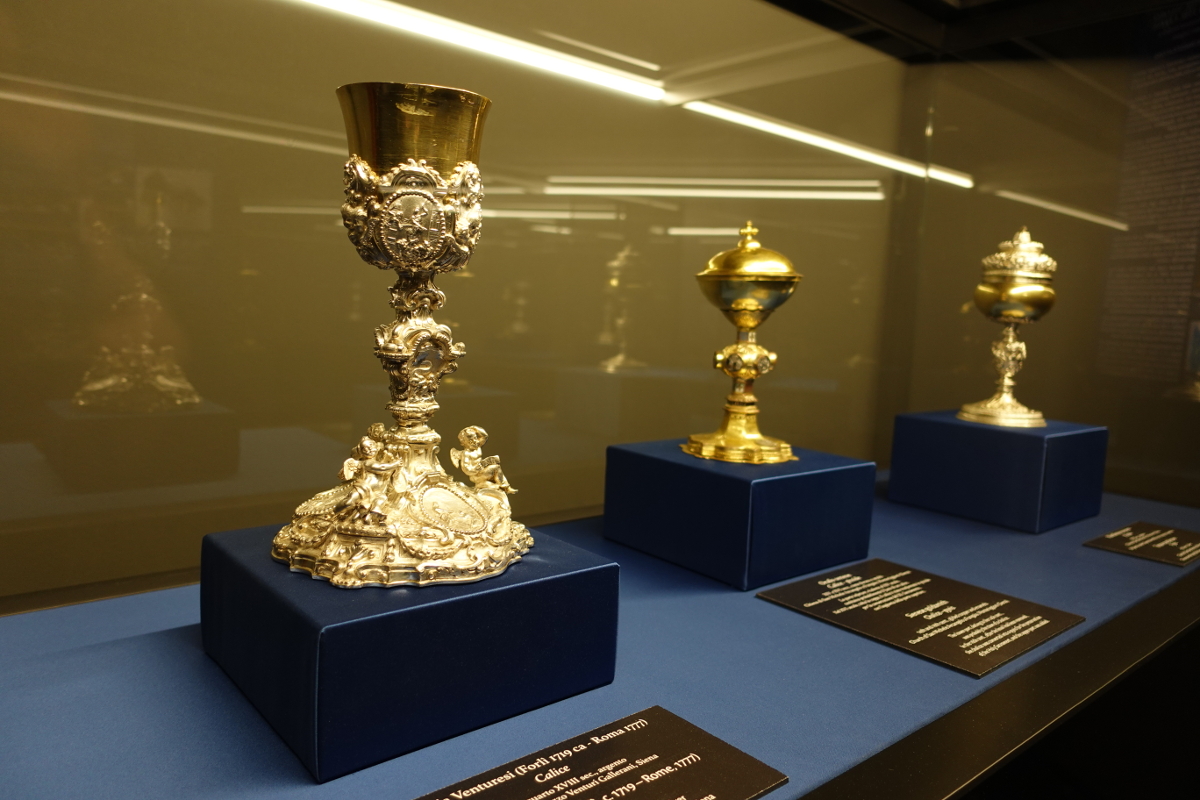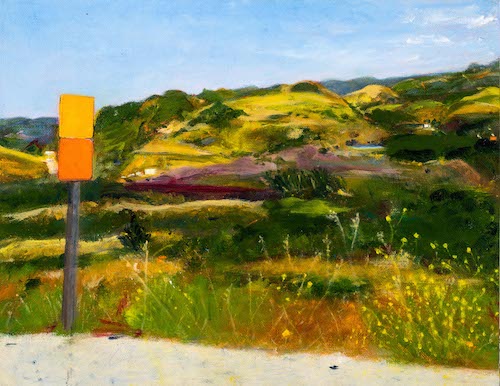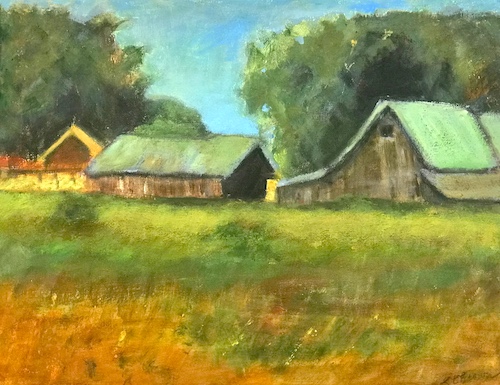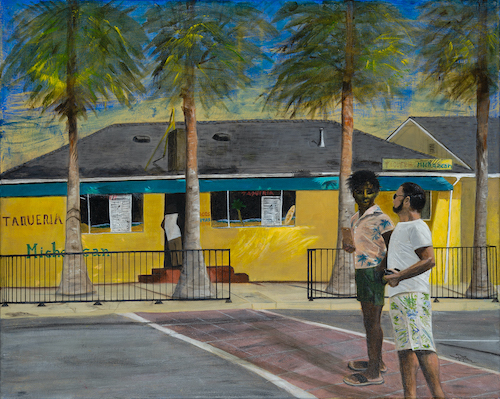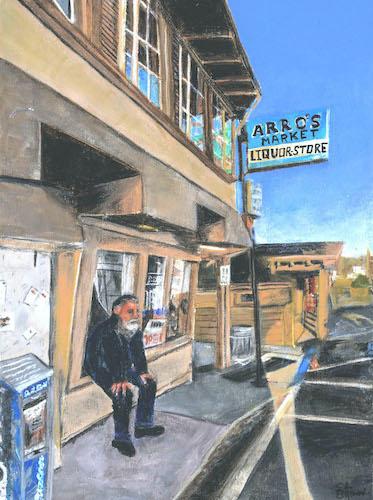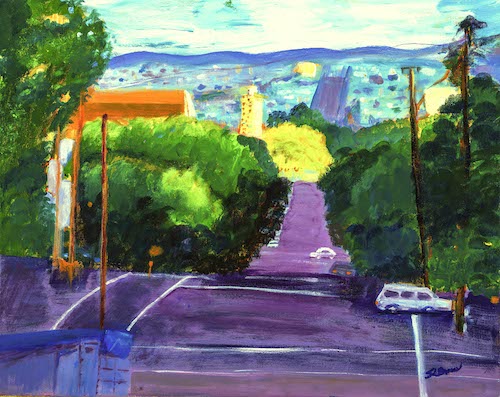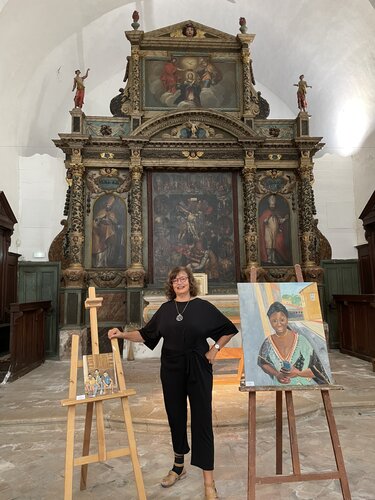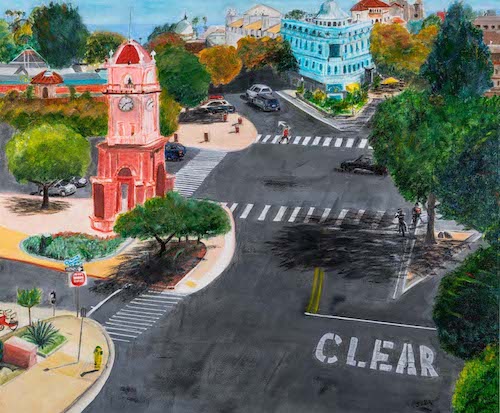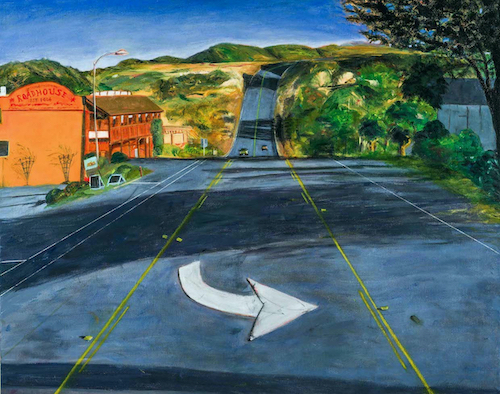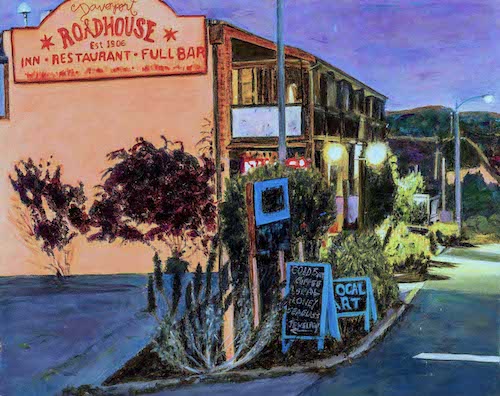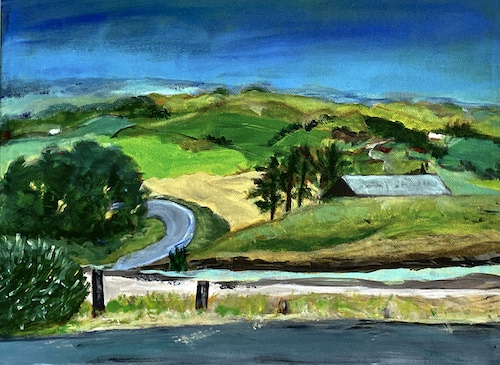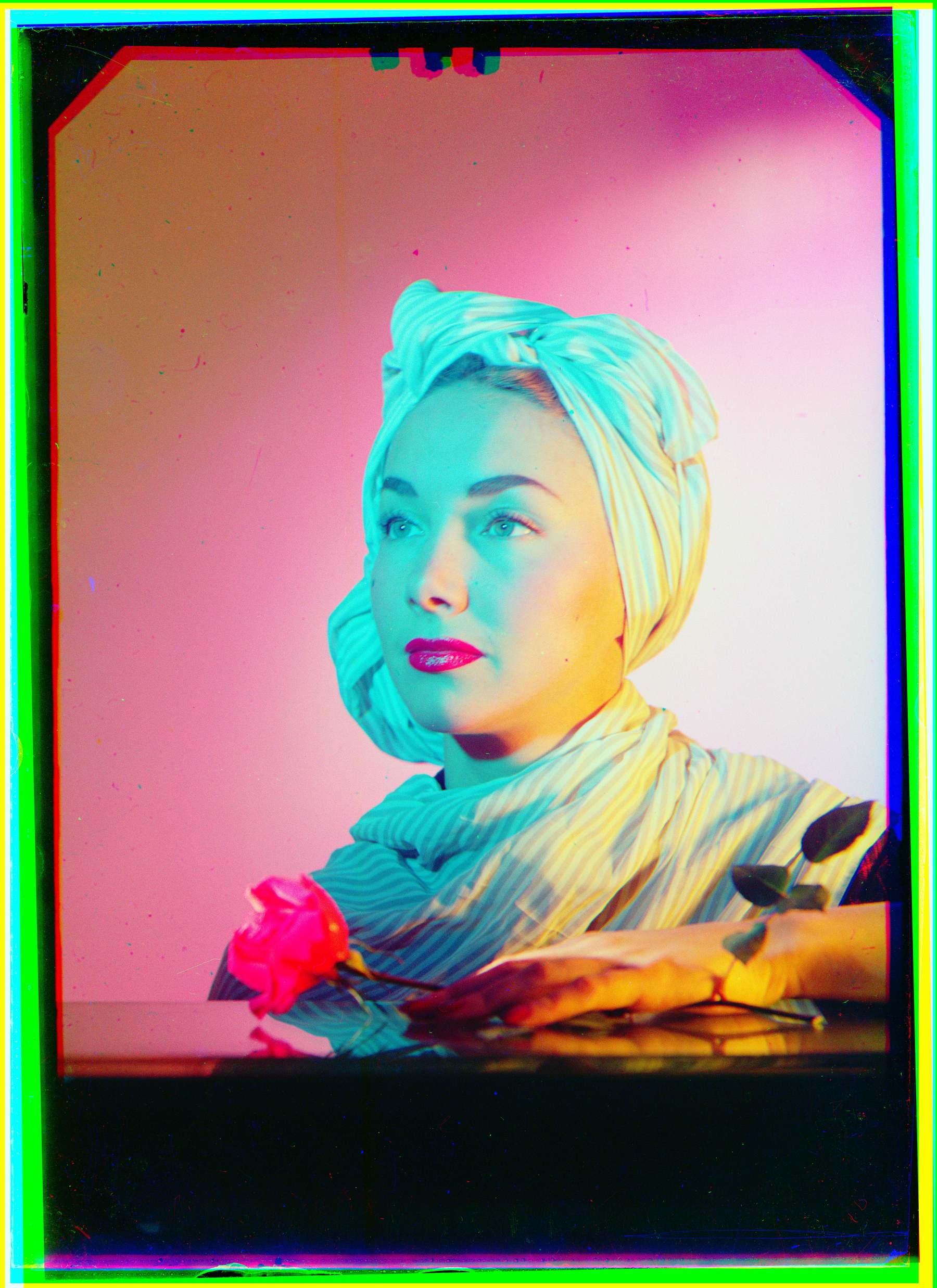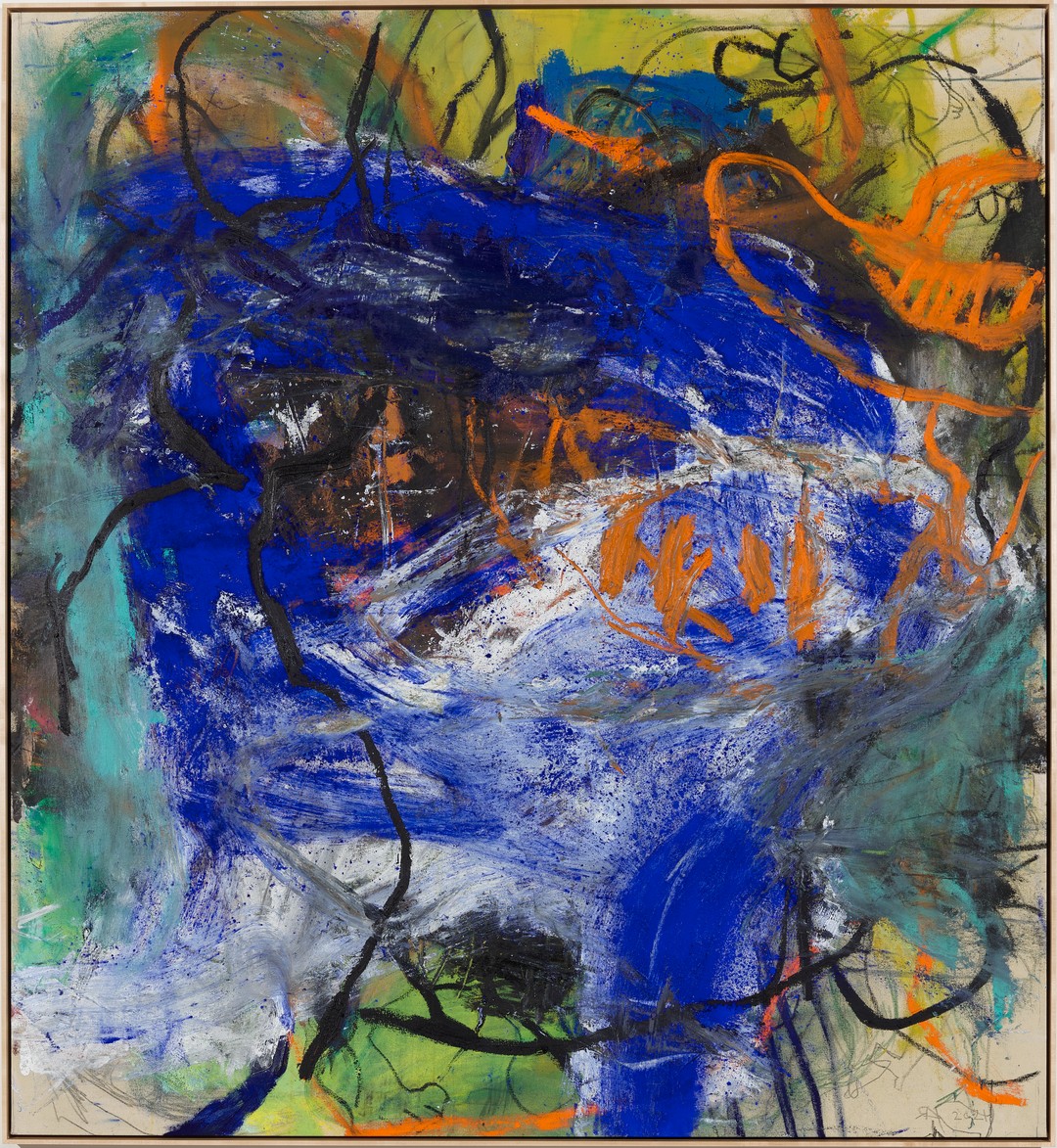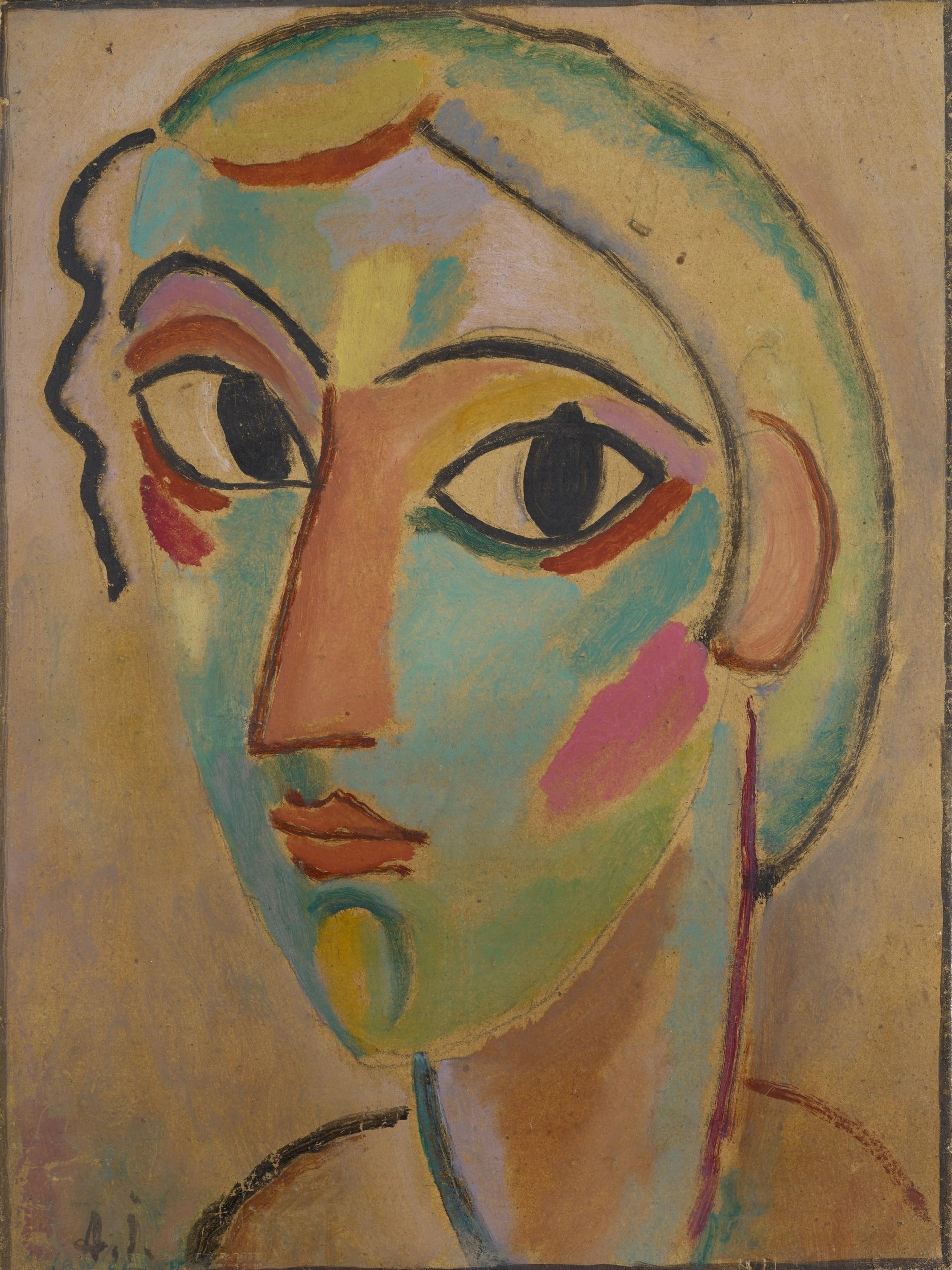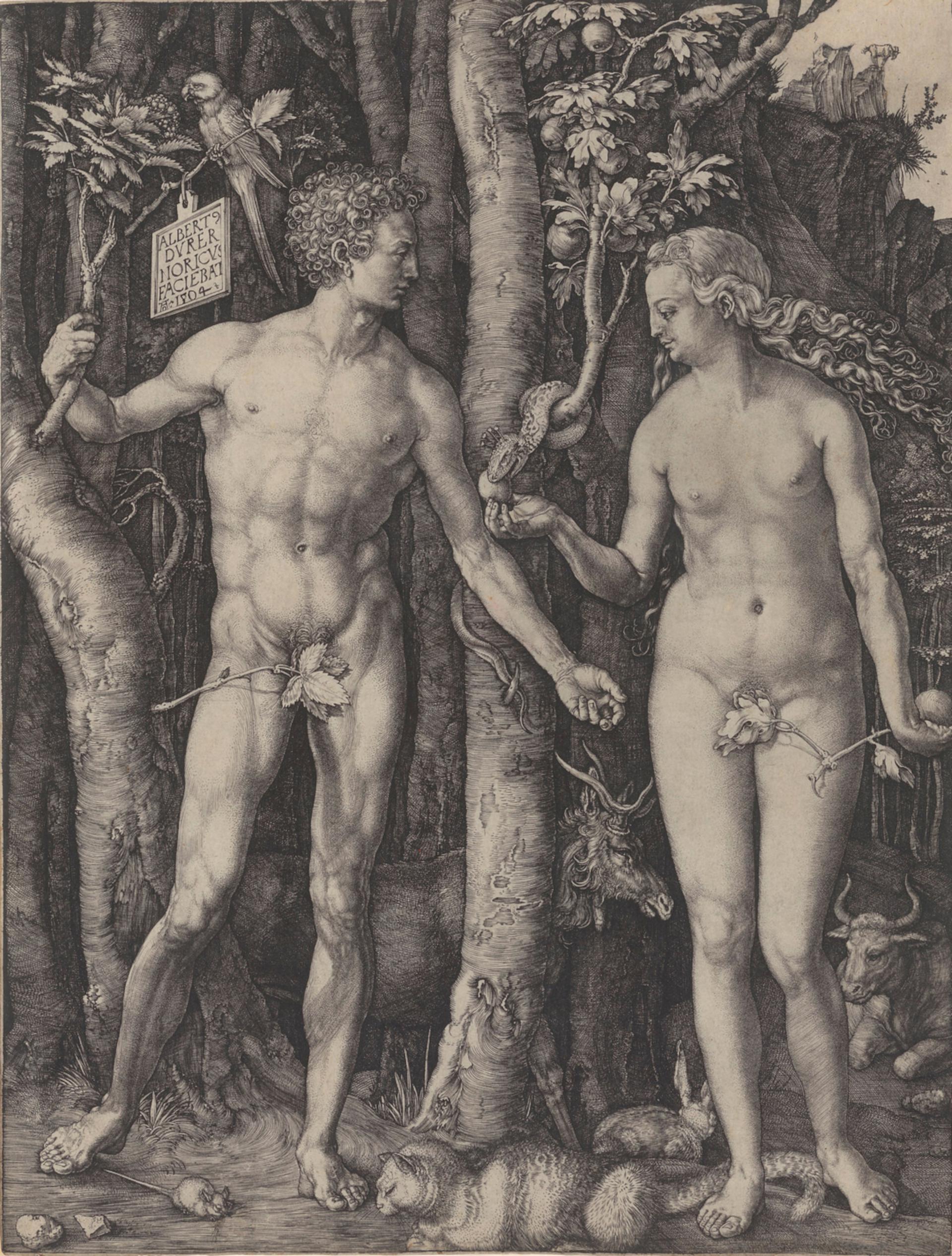Twenty-seven years after the last major exhibition that had seen him protagonist in Washington DC and The Hague, in the offices of the National Gallery of Art and the Mauritshuis, Johannes Veermer returns to being at the center of an extraordinary exhibition that will be set up at the Rijksmuseum in Amsterdam from 10 February to 4 June 2023.
Of the artist, famous for his tranquil atmospheres and intimate domestic scenes painted with bright and colorful light, very little is known even today. To begin with, his production was particularly small: “in all, just 37 works known to date, perhaps 5 more”, he reveals Taco Dibbits, director of the Rijksmuseum arrived in Milan to present the exhibition. Most of the paintings cannot be dated.
At the Amsterdam exhibition it will be possible to admire as many as 28 of them, thanks to loans from all over the world, a truly unique opportunity. The three masterpieces from the Frick Collectiontemporarily closed for restoration: The Girl Interrupted at Her Music, Officer and Laughing Girl And Mistress and Maid. It is the first time that the three paintings have left Manhattan since they were acquired more than a century ago by the American tycoon who bound them to the Fifth Avenue building in his will.
The exhibition will also be an opportunity to reveal new details on the knowledge of the painter and his personal stories, thanks to recent studies. Today, for example, we know something more about his social position, the environment in which he lived and his relationships with other artists.
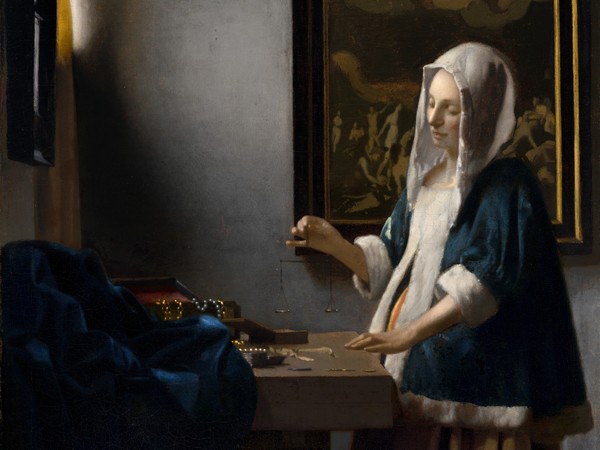 Johannes Vermeer, Woman Holding a Balance (Pearl Weigher or Woman with a Scale), c. 1664, National Gallery of Art, Washington
Johannes Vermeer, Woman Holding a Balance (Pearl Weigher or Woman with a Scale), c. 1664, National Gallery of Art, Washington
There are paintings that tell the Delft artist’s religious faith: such as for example Woman Holding a Balance, a superb example of Johannes Vermeer’s sense of stability and rhythm. A woman dressed in a fur-trimmed blue jacket stands at a table in the corner of a room. The scales in her right hand are balanced. A large painting of the Last Judgment, framed in black, hangs on the back wall of the room. A shimmering blue cloth, open boxes, two strings of pearls and a gold chain lie on the sturdy table. A soft light enters through the window and illuminates the scene. The woman is so thoughtful that the viewer almost hesitates to intrude into the quiet moment of contemplation of her. The visual juxtaposition of the woman and the Last Judgment is reinforced by thematic parallels: to judge is to weigh. This scene has religious implications that seem related to the instructions of St. Ignatius of Loyola, in his Spiritual Exercises, according to which the faithful, before meditating, examine their conscience and weigh their sins as if they were facing the Day of Judgment.
Now we know that Johannes Vermeer and his wife were Catholics and lived in Delft next to the Jesuit Church. They had decided to call their son Ignatius, perhaps in honor of Ignatius of Loyola, founding father of the Jesuit order. Vermeer’s mother-in-law in particular was very religious and also supported the Jesuits financially. At that time, in the 17th century, optical studies were very important for the Jesuits. Perhaps this is why Vermeer applied himself to studies on light, on the idea of light, to underline the religious importance of light.
That he favored a slow and reflective working method is now denied by recent research on the painting The Milkmaid. Studies have brought to light two objects on the artist’s famous canvas: a jug holder and a brazier. Later Vermeer painted over the objects. Recent scans have also revealed the presence of an underpainting: if the final result of the masterpieces may appear introverted and contemplative, the working method was instead virtuous and rigorous.
Then there are some recurring themes in Vermeer’s paintings. Music, and more generally the seduction of music, has a very important role in the settings as demonstrated for example Girl with a flute from the National Gallery of Art in Washington.
There are traces of her time, in those glimpses of intimacy into which the artist’s hand leads us: Holland is at war and it is therefore normal that women within the walls of the house are portrayed the moment they read, write and receive letters, such as in Girl Reading a Letter at an Open Windowcoming from the Gemäldegalerie Alte Meister in Dresden and recently the subject of a careful restoration.
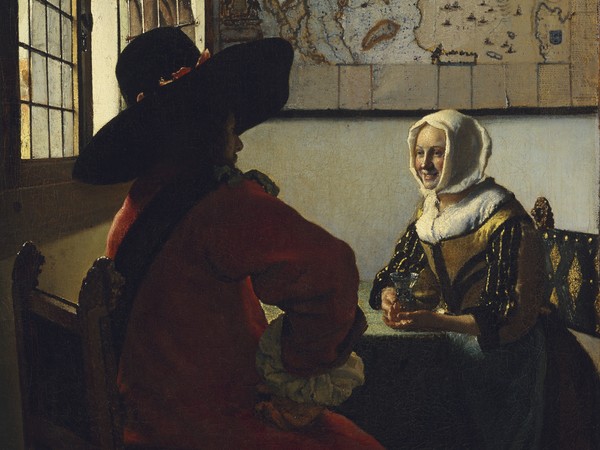
Johannes Vermeer, Officer and Laughing Girl (Soldier with smiling girl), 1657-58, The Frick Collection, New York
The interiors are generally limited in size: rooms in small palaces, but furnished with luxury goods to demonstrate that the Dutch were a people of navigators and traders, as well depicted in the The Geographer from Frankfurt.
There is also a voyeuristic dimension to Vermeer’s paintings, which are usually small. Officer and Laughing Girl depicts an interior with a person in the foreground introducing the scene. The window, a figure that often recurs in Vermeer’s works, stands out on the left. The two protagonists of the painting do not realize that we are looking at them.
As well as in The glass of wine the man who appears on the scene seems to have come to disturb the daily life of the seated woman.
The exhibition dedicates a room to close-up close-ups such as, for example Girl with a Pearl Earring And Girl with a red hat. In these cases, a skilful use of light and color create the illusion of a world to which we, as spectators, are introduced.
There is little biographical information about Vermeer. We don’t know if he traveled to Italy. But we know for sure that Italian art was an important source of inspiration. At that time there were auctions of works by Italian artists in Holland. From documents, we know that Vermeer was once called as an expert on Italian art to assess whether some of the works by Titian purchased by Rembrant’s brother-in-law were authentic or not. The Dutch master did not hesitate to declare her emeritus scabs.
In Diana and her Nymphs the influence of Caravaggio is evident just as the influence of Venetian painting can be seen in other paintings. Always Caravaggio returns in The Procuress with Dutch colours.
On the occasion of the exhibition set up at the Rijksmuseum in Amsterdam, the Dutch city of Delft will dedicate an exhibition to the life of Vermeer which will be set up at the Prinsenhof Museum from 10 February to 4 June 2023.
The artist’s network of relationships and his relationship with the city of Delft will be at the center of the initiative. Based on more than 100 objects from Dutch and foreign collections, including masterpieces by Delft painters, objects of applied art, maps, prints, drawings, books, biographical documents and other archival materials, the exhibition will aim to offer a picture of the lively cultural climate that reigned in the city in the seventeenth century.





















